
Nalmefene injection is an opioid receptor antagonist and comes in a single-dose, pre-filled auto-injector that delivers 1.5 mg of the medication per actuation.

Nalmefene injection is an opioid receptor antagonist and comes in a single-dose, pre-filled auto-injector that delivers 1.5 mg of the medication per actuation.

The COVID-19 pandemic led to increased pharmacist burnout and workforce shortages. The impact is still being felt today.
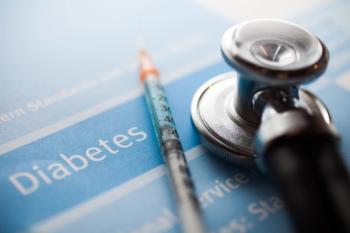
A study found that CT scans of visceral fat had the highest predictive performance of incident diabetes.

A study found that test products purchased from illegal online pharmacy operations had lower purity levels and significantly more semaglutide content than what was advertised on the label.

Finerenone (Kerendia) was previously approved in 2021 to reduce the risk of cardiovascular death, non-fatal myocardial infarction, hospitalization for heart failure, sustained eGFR decline, and end-stage kidney disease in adult patients with chronic kidney disease associated with type 2 diabetes.
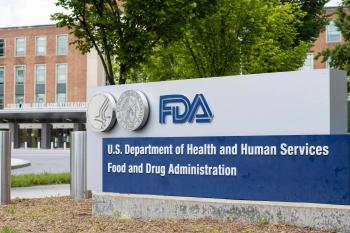
Check out important updated from the FDA for the week of July 29.

The technology from Diakonos Oncology initiates a natural immune response that targets and eliminates cancer cells by activating cytotoxic TH1 cell signaling pathways.

Liraglutide slowed the loss of volume in critical brain regions and cognitive decline in patients with mild Alzheimer's dementia.

In 3 Phase 3 trials, elinzanetant reduced the frequency and severity of moderate to severe vasomotor symptoms, and improved sleep disturbances.
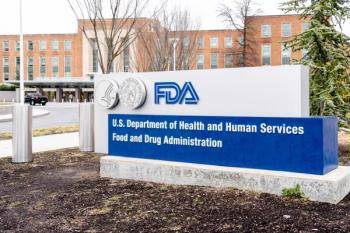
The investigational oral, selective NaV1.8 pain signal inhibitor from Vertex Pharmaceuticals demonstrated a favorable benefit/risk profile in 3 phase 3 trials.

Catch up on important diabetes news from the month of July.

Recent studies on dry eye disease examined the efficacy of Vitamin D, platelet-rich plasma as a treatment option, and associations with certain systemic medications.

Catch up on important dermatology news from the month of July.

Recent research on COVID-19 examined cognitive loss after an infection, how pandemic restrictions impacted excess deaths, and the increase in physicians experiencing PTSD.

Check out this list of our top 10 most read stories from July 2024.
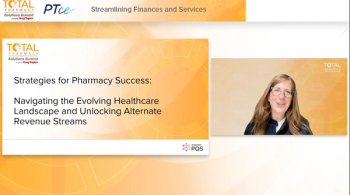
Emily Endres, BSPS, vice president of pharmacy at Innovaccer discuss the evolution of healthcare and provides insights into the industry’s next phase.
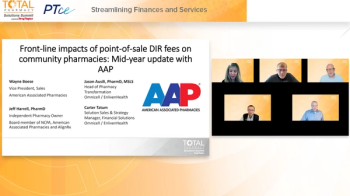
A roundtable session discussed the real-world implications of applying Direct and Indirect Remuneration (DIR) fees at the point of sale rather than through retroactive clawback.

Check out these important FDA updates from the month of July 2024.

Galderma said the FDA has accepted the company’s Biologics License Application for the therapy based on data from the trials.

Check out these featured Drug Topics interviews from July 2024.

Full efficacy and safety results for the phase 3 PURPOSE 1 trial were announced by Gilead at AIDS 2024.

From 2021 to 2022, the prevalence of adults with diabetes who used cannabis increased by 33.7%.

MK-1654 (clesrovimab) met its primary efficacy endpoint of incidence of patients with RSV-associated medically attended lower respiratory infections (MALRI) through Day 150.

Check out important updates from the FDA from over the past week.

The most common adverse events in patients using oral corticosteroids for more than 90 days included fracture, hyperlipidemia, myocardial infarction, and avascular necrosis.
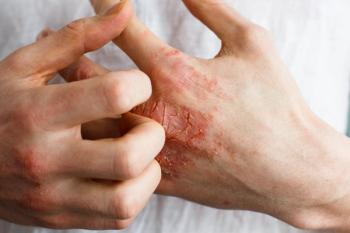
Delgocitinib cream from LEO Pharmaceuticals showed superior efficacy compared to cream vehicle and was well tolerated over 16 weeks.

House Bill (HB) 1993 seeks to increase PBM transparency and accountability in an effort to combat the rising cost of prescription drugs.
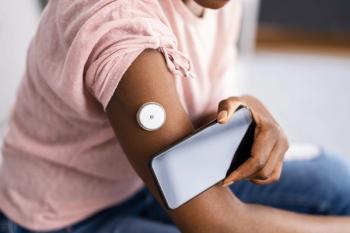
Patients using isCGM had reduced glucose variability, time in low glucose range, time in very low glucose range, and less events related to low glucose levels.

Patients with childhood type 1 diabetes were more likely to develop substance use disorders, mood disorders, anxiety disorders, and behavioral syndromes.

COVID-19 patients had reduced absolute granulocyte, monocyte, and lymphocyte counts at 10 months post-infection compared to noninfected individuals.